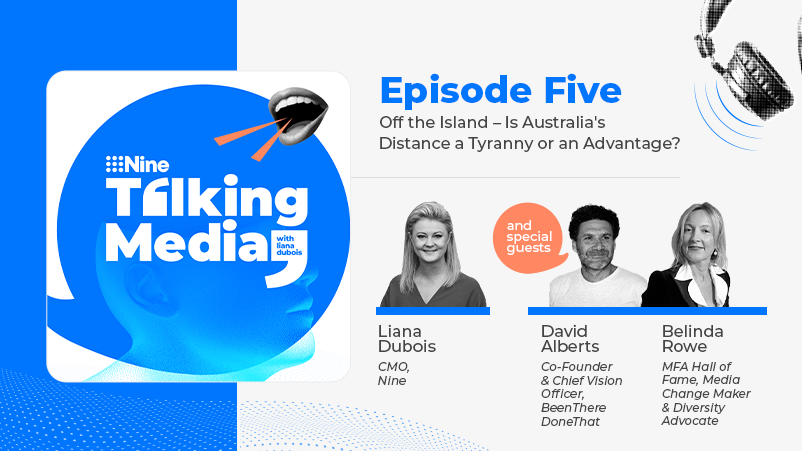Workato’s marketing operations chief used a large language model to resurrect 150 dead deals, reactivate $6 million pipeline; new automations planned

Workato's Michael Fan and Bhaskar Roy
CustomerX: It’s never a great feeling, adding that ‘Deal Lost’ flag against a previously hopeful prospect in the CRM. But B2B marketer Michael Fan, the marketing operations lead at low code/no code technology vendor Workato – and an engineer by trade – built a reactivation campaign on Open AI’s large language model, breathing life back into $6 million worth of sales pipeline. Just as importantly, it released account executives from their desks – and drove home just how critical effective marketing is to sales.
What you need to know:
- Workato’s marketing teams fed internal CRM and martech data, along with external expertise from companies like Gartner and Forrester into an Open AI model.
- The AI then built emails for a reactivation campaign that has already reinvigorated over US$6 million in pipeline across 150 deals, and that figure is growing daily
- Now the B2B marketing team is looking at further automations to grow revenue – and free account executives to do higher value work.
Playing around with how you prompt open AI was very tricky. To get that customised email to be around 90 to 95 per cent accurate, or at least to our standard, was pretty tough.
It helps sometimes if your head of marketing ops is an engineer. Workato’s Michael Fan used a large language model pulling in customer data from across the marketing stack, as well as external insights from analysts like Gartner and Forrester to build a reactivation campaign that has so far reinvigorated 150 accounts previously considered lost. That translates into US$6 million in sales pipeline - a figure that now grows organically every week thanks to automation.
Now the company is looking at new automations to aid sales efficiency and build new revenues.
And the exercise did something that all B2B marketers will appreciate: it sent a crystal clear message to account executives about the power of marketing to help them drive sales – and the power of technology to save effort.
"Feedback from the sales side is the most important part. Because they have to buy-in – and without that buy-in, the campaign essentially doesn’t work," said Fan. "So the feedback has been really strong. It saves everyone a lot of time across the board, so everyone's been pretty happy.”
Even though he works brand side, Fan – an engineer by trade – could almost be the poster child for the emerging world of media planning and buying described last week by GroupM global CEO Christian Juhl in SxSW Sydney presentation: “I've always said [media agencies] are going to be largely more software-driven and look more like software companies; predominantly our staff will be engineers versus planners. That's already proving out… at a much faster rate.”
According to Juhl, “We are forecasting about 50 per cent of our current campaigns will be impacted by AI by the end of this year. And next year, you'll probably see 95 to 100 per cent. New jobs and skill sets will be created in our industry.”
Loss adjusters
The story of how Workato relit the fuse under $6m in potential sales came not from SxSW but via the company’s own Sydney event a week earlier.
Kicking off that conference, Workato CMO Bhaskar Roy told delegates he wanted to describe the power of AI with an example that was close to his marketer heart. “What [Michael] did was he started looking at deals that were marked as 'closed loss'. And in some cases, loss of revenue.”
Previously, account execs would manually pore through those lost deals to try and piece together where they fell down and then the firm would build campaigns in a bid to reactivate them.
"The problem is it's a very manual process: you're jumping from application to application; sometimes the data is not clean – and on top of that, you're not personalising the responses,” said Fan. “It’s one big tedious step.”
Plus, it would take an account exec an hour each and every time.
Fan examined the process account execs went through after deals were closed, identified the data sources across the various elements of the stack, and fed it into a large language model along with the additional elements from external sources, said Bhasker.
After iterating and tweaking, it was much, much faster, according to Fan: "We can go through hundreds of opportunities within seconds.”
Prompt turnaround
One of the most significant was simply designing the best prompts.
“Playing around with how you prompt Open AI was very tricky. To get that customised email to be around 90 to 95 per cent accurate, or at least to our standard, was pretty tough. The way that you put in the inputs and the way that it gives you [the result] back, it's something that you have to keep on testing iteratively," said Fan.
“But once you go through the process you start to understand what to put in and to expect what will come out. So that was a good learning for next time.”
Fan said Workato is already evaluating what comes next, and the general theme is to better understand how to use Open AI and automation to improve the pipeline and also boost efficiencies for the reps: "One thing a lot of people have asked me for is after every single phone call to take the transcripts, summarise the pain points and the business value, and draft the follow-up email," he said.
The company is also looking at automation to fill in the appropriate fields in the Salesforce CRM.
“That reduces the amount of manual work the account executives have to do after every single call. Data hygiene is super clean, and the customer gets a follow-up email within 10 minutes.”
Leaving account execs more time to keep filling the pipe.



